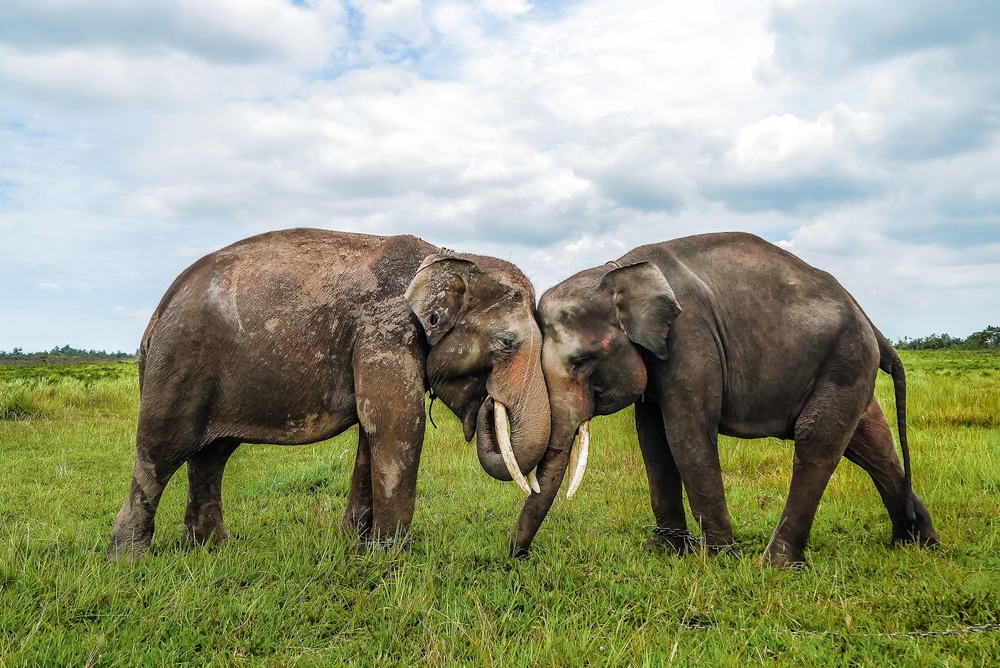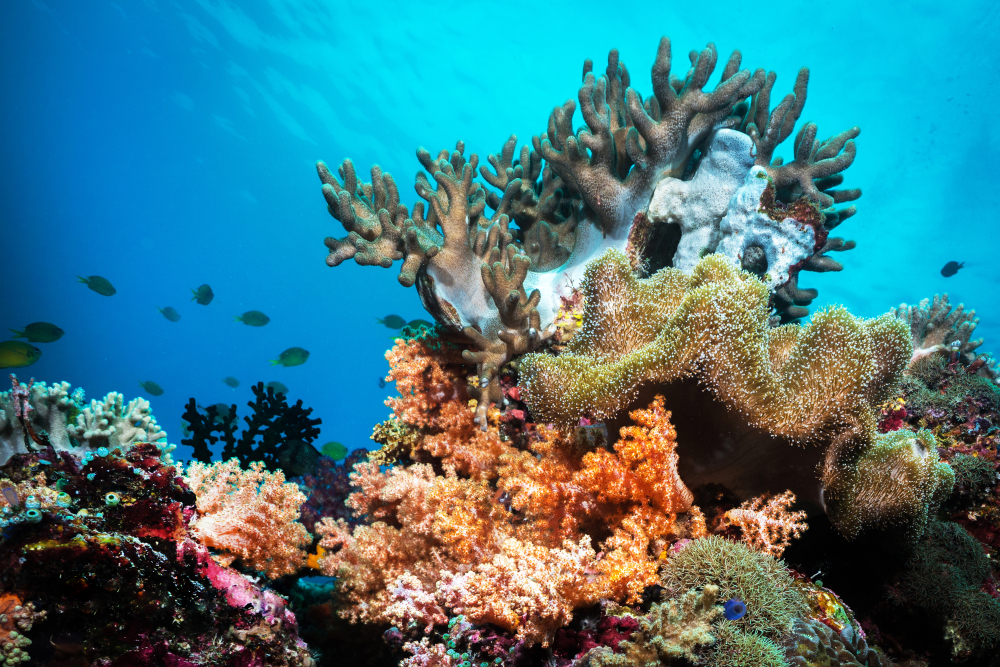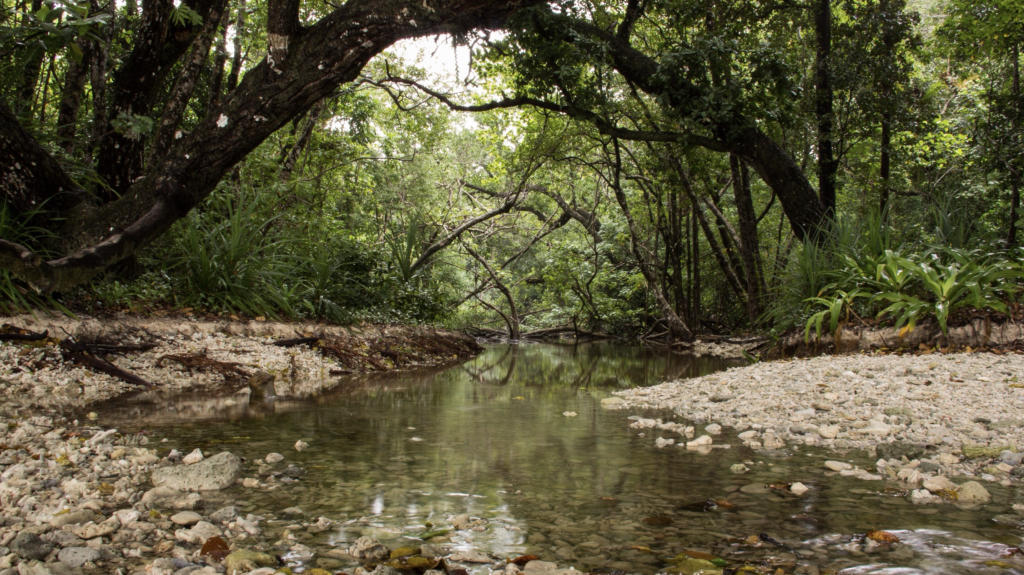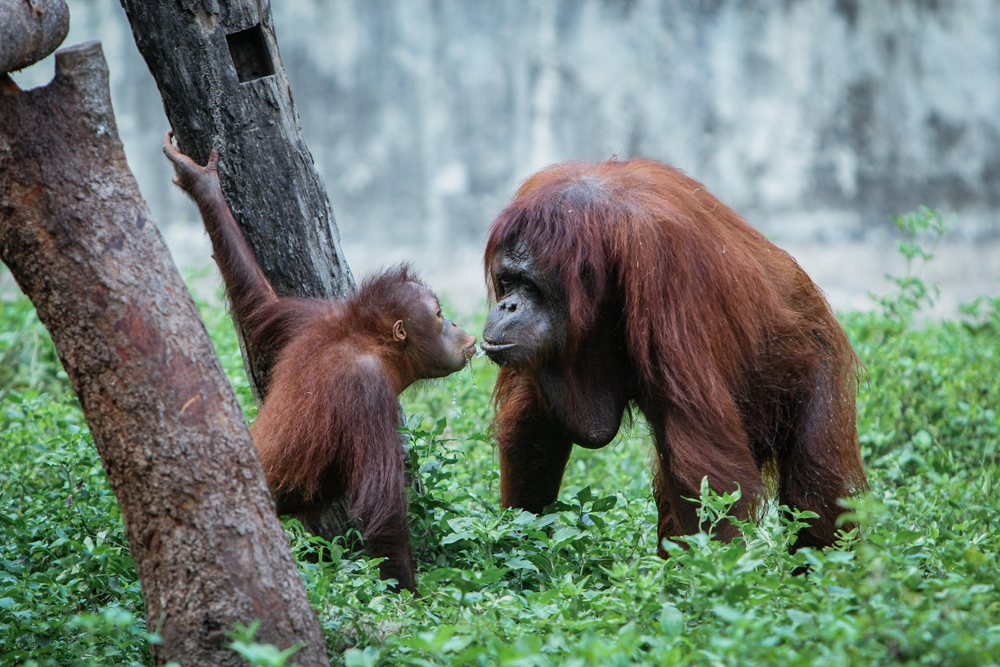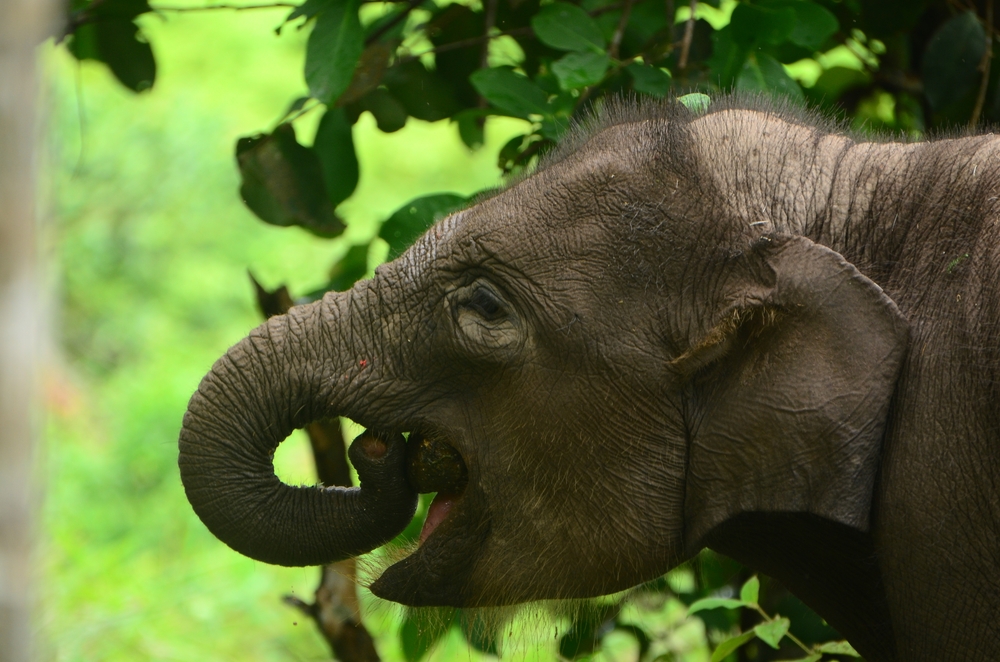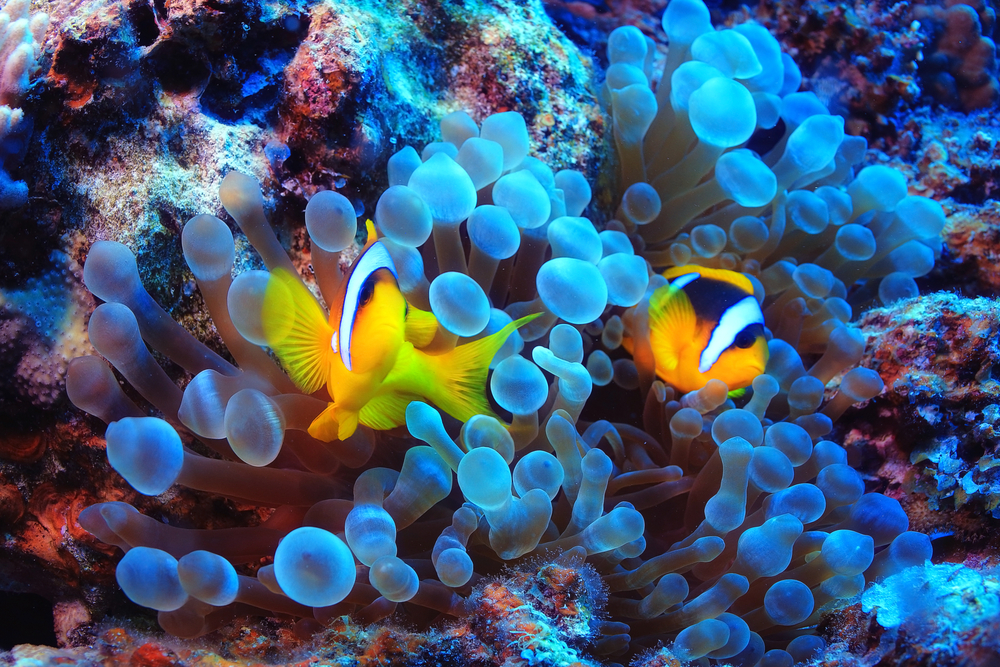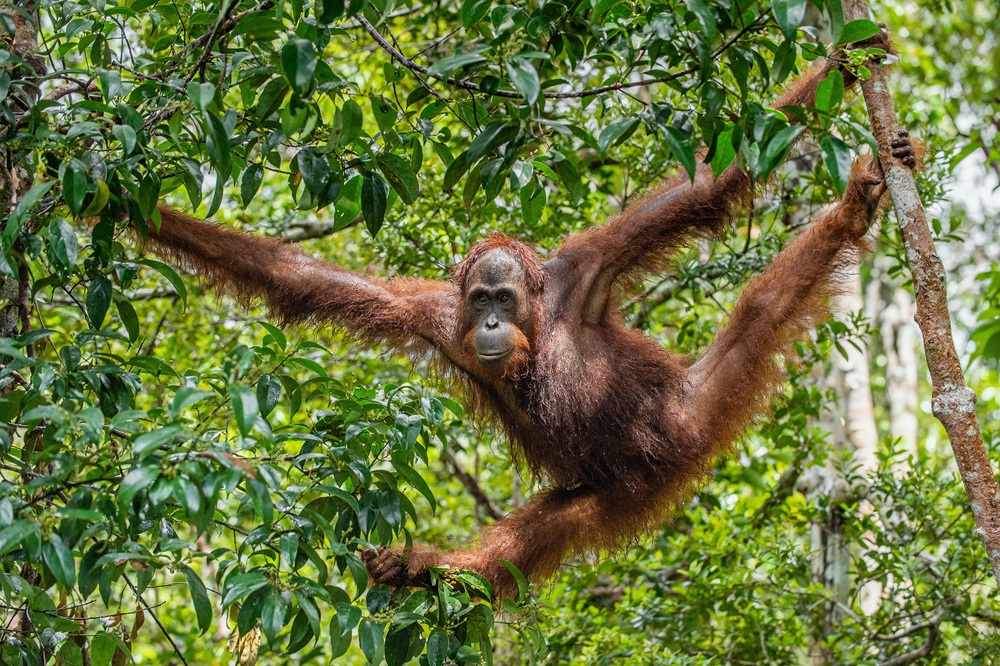West Bali Overview
West Bali National Park, locally known as Taman Nasional Bali Barat, is a stunning conservation area located on the western tip of Bali, Indonesia. Covering approximately 73 square miles (190 square kilometers), this park represents a pristine corner of Bali’s natural heritage, stretching from the Java Sea to the island’s interior highlands.
Encompassing a mix of coastal mangroves, dense lowland rainforests, and arid savannas, the park offers diverse ecosystems shaped by its varied topography. Gunung Prapat Agung, a prominent limestone peninsula, and the coral-rich Menjangan Island are among its most remarkable geographic features, along with hidden waterfalls and serene beaches. These landscapes create a picturesque setting where lush greenery meets turquoise waters.
The vegetation within the park is equally diverse, with mangroves, acacia woodlands, and dense monsoon forests dominating the terrain. Vibrant wildflowers punctuate the grasslands, and the coastal areas are fringed by palm trees, adding to the park’s tropical allure. The terrain varies from flat coastal plains to undulating hills, offering stunning views of the surrounding waters and neighboring Java Island.
Wildlife enthusiasts will find West Bali National Park a paradise for its rich biodiversity. The park is home to the critically endangered Bali myna (or Bali starling), a striking white bird with blue facial markings and a crest of feathers, making it a symbol of conservation success. Mammals such as the Javan rusa deer, wild boars, and the rare leopard cat roam the park’s forests, while long-tailed macaques and ebony leaf monkeys inhabit its tree canopies.
Birdwatchers can also spot species such as black-naped orioles, egrets, and kingfishers. In the marine areas, colorful coral reefs teem with fish, including clownfish, parrotfish, and sea turtles, making it a prime destination for snorkeling and diving.
Popular features of the park include Menjangan Island, renowned for its vibrant coral reefs and crystal-clear waters that attract snorkelers and divers from around the globe. The park’s mangrove-lined shores and coastal wetlands provide tranquil settings for birdwatching.
Trekking paths crisscross the forested hills, offering adventurous visitors the chance to explore its biodiversity on foot. Additionally, the Pemuteran area, adjacent to the park, has pioneered coral reef restoration, showcasing the synergy between conservation and eco-tourism.
Visitors can engage with the park through guided treks, wildlife safaris, snorkeling, and diving excursions. Kayaking along mangrove channels and cycling through designated trails are also popular activities. The park ensures minimal environmental impact by requiring visitors to explore the area with certified guides who share insights into its ecosystems and conservation efforts.
Despite its successes, West Bali National Park faces challenges like illegal logging, poaching, and encroaching human development. However, sustained efforts by the Indonesian government and local communities have bolstered the park’s protection.
Conservation programs for the Bali myna have been particularly noteworthy, with successful breeding initiatives helping stabilize its population in the wild.











































































